
Transforming & Collaging Ordinary Paper Into Extraordinary Works of Art: Interview with Artist Astrid Vlasman


Have you ever witnessed a work of art so stunning that you couldn’t help but speculate about its origins and construction? And when you discover that it was created with a common household item, you are like, NO way, that cannot be true. How can it be made with that object?
That’s exactly how I felt when I saw our solo show artist’s Paper collection. Indeed, paper. What astonished me was that such a stunning creation could be made entirely from paper. This was too much for me to take in, so I decided to do an interview with the artist and ask her lots of questions about her new collection.
You must be thinking, whose work am I talking about? So to take you out of curiosity, I’m referring to the work of artist Astrid Vlasman. Her series is titled “Behind the skin,” and a virtual exhibition of her work can be viewed on our website.
But before we take you to the exhibit, let me briefly introduce the solo show artist. So, Astrid Vlasman is a visual artist who lives and works in Leiden, the Netherlands. She studied at the Free Academy in The Hague. She has been working on large collages with used paper and mixed media for years. In recent years she has regularly worked as an artist in residence abroad. She also exhibits there. Last year she won the New Collection Prize through Malamegi in Venice. Furthermore, she won the audience award at Leiden’s “limits of freedom” exhibition. Her Interviews have also been published in newspapers and a column by her about her work and travel in an artists’ magazine.
Her work has been included in several private collections. In recent years she has exhibited her work in the west of the Netherlands. She also had exhibitions in Hungary, Belgrade, Venice and London, Bulgaria and Macedonia this year.
So now let’s dig into the interview,
1- So, Astrid, can you elaborate a little bit on your choice of medium? You work with paper, paper collages, to be specific. What made you inclined towards this medium?
I started painting abstract paintings years ago and often added an image on paper. Slowly this turned around; I made narrative collages with pictures from books and added paint if necessary. I’ve always loved old photos and liked them to grind a new world, a new story. I cut out the paper and coloured it in. However, I ran into its limitations. Limitations in format and individuality; there are so many people who make collages, and what is my signature, I wondered. I got stuck on that and had to start over. I did that again with paper but much freer and looser. I now use my paper as a painter uses his paint.
I also often refer to my work as paper paintings. I shape and reshape. I improve and take things away. Everything is possible with paper. I can work very loosely with it. I like that so much. This casual way of working suits me. Not too precise. I work more on feeling than on thoughts/concepts. Working with paper is an accessible medium. You always have it at hand. If you pay attention, you see how many things are made of paper and are always around you. This is how I experience my preferences for paper. The processing is very easy. Anyone can actually do it. You only need a pot of glue and a substrate (paper). I love that it’s that simple. That you need little preparation and can get started with everything right away.
2- We are super proud to be showing your solo show, ‘Behind The Skin.’ Can you tell us your biggest challenge while you created this body of work?
For this solo show, I only selected work that features female figures. I often get the poses from photos I’ve seen that inspire me. These can be works of art but also everyday news photos. The attitude is often the starting point. Then I get to work, and everything can change. My biggest challenge is getting the figures right and, thus, the entire composition. They look that sort of thing. I always struggle with that; feet too big, a head that is not right. I am not a draftsman who works very precisely. For me, this means that I spend a long time shaping the body until it is okay for me. It’s part of the battle. Sometimes it feels more like I’m building a work of art instead of pasting it. Still, that hassle is part of the work process, and I always manage to get out of it. It helps to let the work rest for a few days, not look at it, and then you often see what is still not right. I also usually take a photo at the end of the working day. You can also see better what is not quite right in an image. Ultimately, it doesn’t have to be perfect as long as it conveys a story or feeling for me in the imperfection and technique.

3- Let us also see what you love the most about this body of work. Anything particularly you enjoyed making the most while working on this series?
This series has emerged in recent years. Somehow I keep wanting to make the women again and again. In addition, I often make interiors where no people can be seen, but the female figure regularly returns. It is, of course, very close to myself and my work. I always stay very close to myself. What I like most about the women is to portray them as strong women despite their vulnerability. Despite their awkwardness and clumsiness, I find them all-powerful. They dare to show that uneasiness. They are very own and unique. I also really enjoy working on it. To show the women. I also like to show the girlishness that they claim their presence on the canvas. There is still the girl in every woman, and I try to show that, to bring out the girl more. That’s why I often use girly accessories like a hairpin, brooch, or dress. The girl can also often be seen in the poses.
4- Tell me something: How do you build a series or a body of work? And, how do you figure out where it ends & begins in the sense of your work?
The series was finally created because of the similarities in work. Initially, they are all separate works of art, but they do enter into a relationship with each other, which makes it perhaps a series. All those women are a kind of family to each other and me. They often have the same traits and the same genes. The beginning is usually an image of inspiration. Then I make it my own, and the work is created. A lot can still change along the way, and I regularly have to take some distance to see if it is developing well. In this way, it slowly grows to the final stage. That will become clear by itself, and that is the moment that I do not want to change anything about it. It’s a feeling that it’s so good—a belief.

5- Now, you have been doing them for a while. How do you ensure you continue to grow and develop as an artist?
To continue to grow and develop myself, it helps to spend a lot of time on art. Even for me, that is not always possible, but all the time I have left is spent making art. It sometimes helps to experiment with other materials, shapes or sizes. I try to use playfulness as often as possible. Because of the creative flow I’m in, everything is possible, and I can quickly switch to another technique or a new idea. It’s just challenging work, and then it happens automatically. For me, it also helps me to work in a different place regularly. For example, I try to work abroad for a few months as an artist in residence every year. New topics and ideas arise in a new environment. There I can entirely focus on work. There is no distraction.
Moreover, I am often limited in the material, so I have to find creative solutions. All of this contributes to the development of the work. Putting a lot of time and energy into it will happen automatically, the way forward.
6- What advice would you like to give artists looking to build a new solid body of work?
First, you must stay close to yourself and get on with whatever pops up. Research that and experiment with it. If you are going to discover your shape, it is a matter of making a lot of meters. The time investment is significant. If you can’t put enough time into it, you often get stuck in what you’ve already done. I know that from my own experience. It took me a while to become what I am now. It demands all your attention and a selfish approach. I also understand that it is sometimes tricky, especially for women, to find time because the environment often calls upon women as colleagues, mothers, partners, etc. Women tend to ignore themselves. It is essential to stand for your work as an artist and to take your place in the process. You just have to really go for it and know that you are worth it. That you deserve a place with your art. Dare to show yourself in all your vulnerability and your strength. Your personal story. It has to come from within, and you must trust that that’s okay. Don’t be afraid, and don’t be too critical beforehand. Give the experiment some space and see it as play. Playing seriously with that, I think you come closest to the core, be honest with yourself and keep going every day. And above all, have a lot of fun!
Now that we know who Astrid is and about her artwork, we would love to take you to her entire exhibition. So please click on the button below to see the whole exhibition.

Comments 1
Leave a Reply
You must be logged in to post a comment.
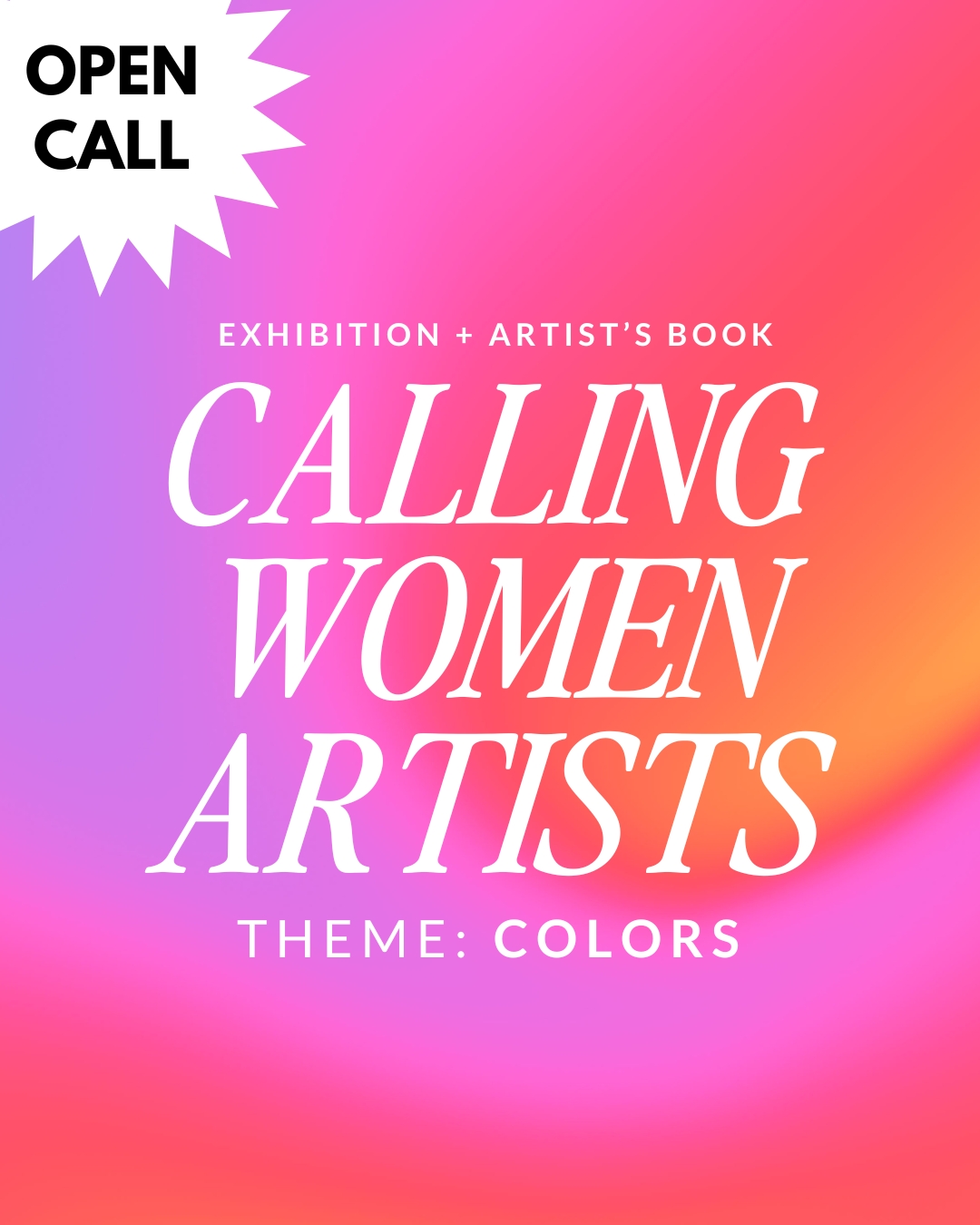
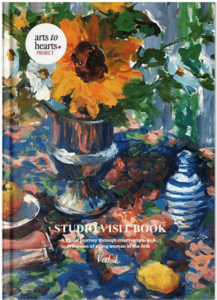








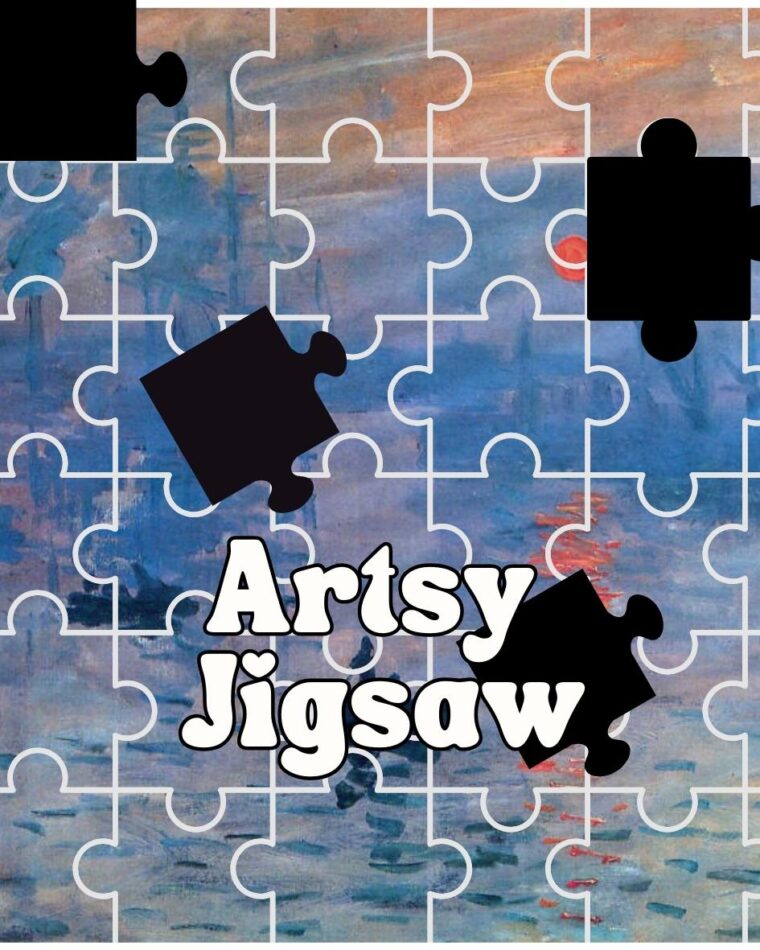
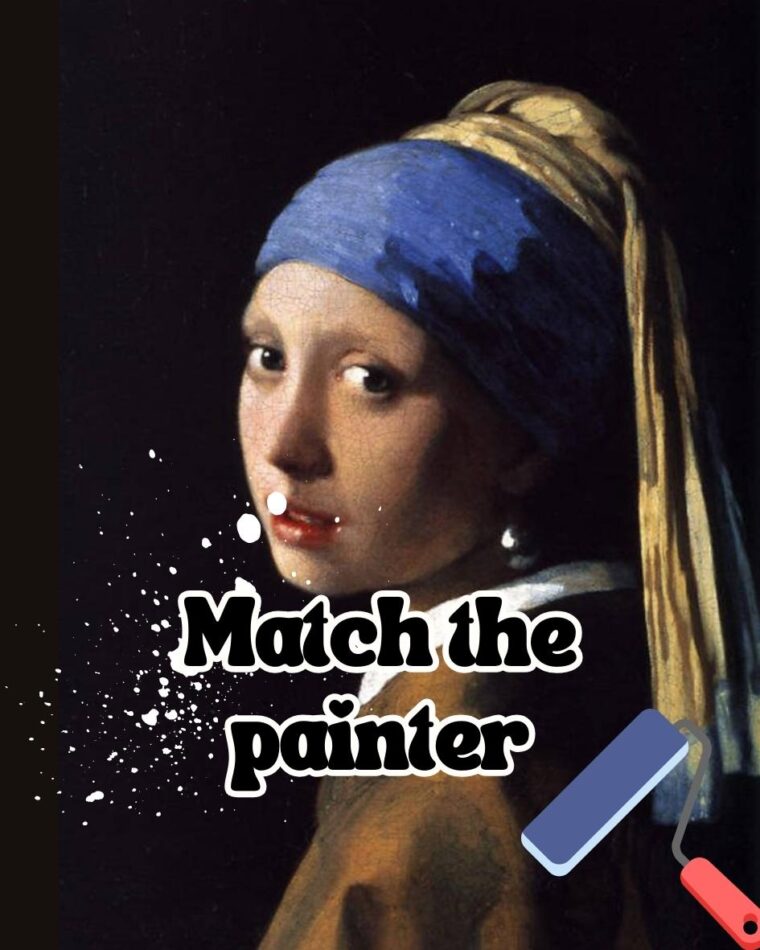


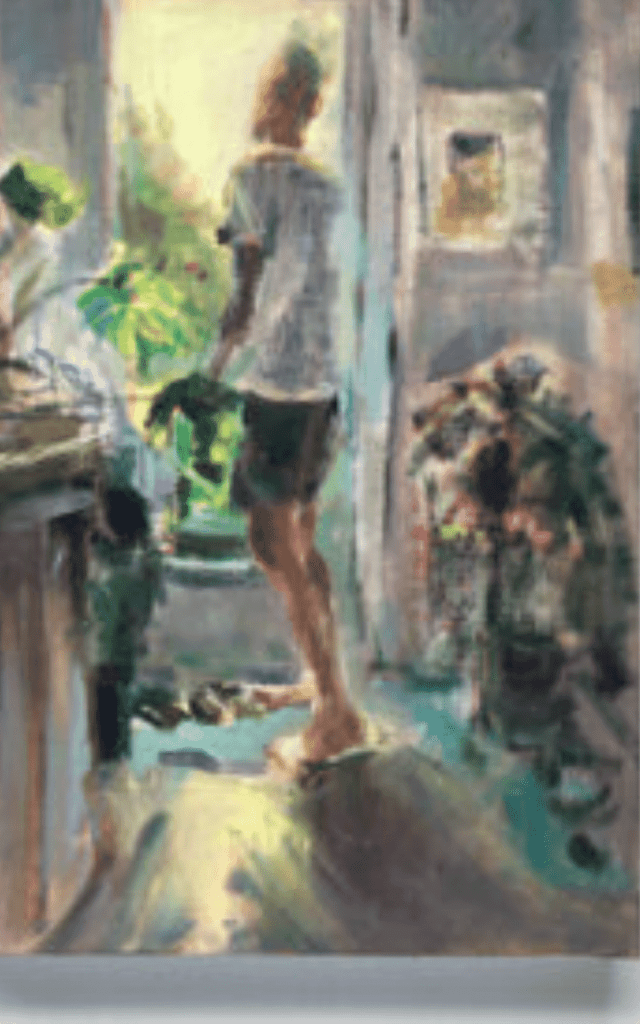
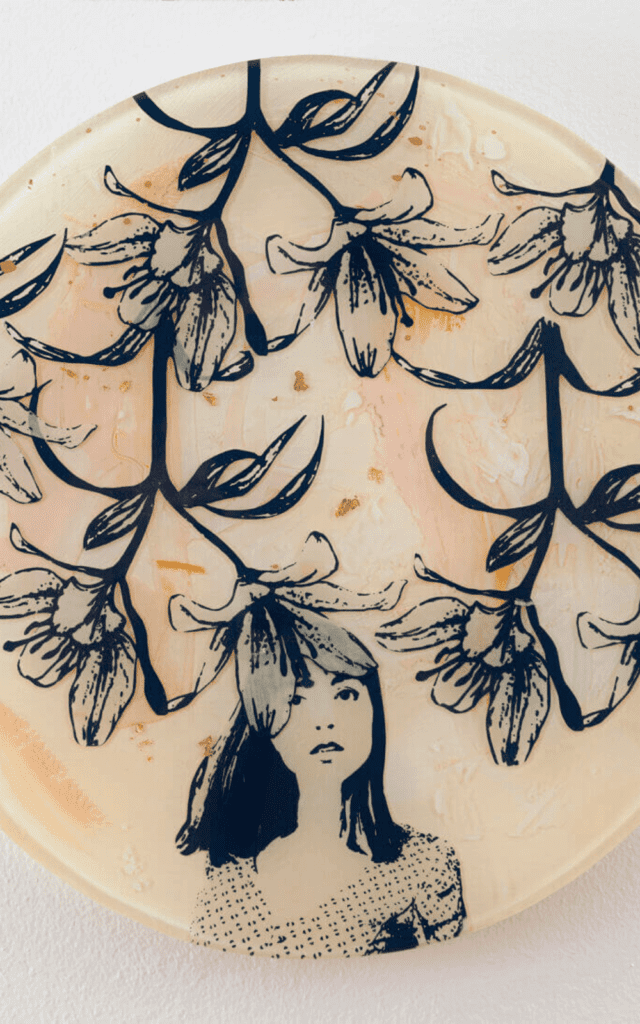


Your point of view caught my eye and was very interesting. Thanks. I have a question for you.